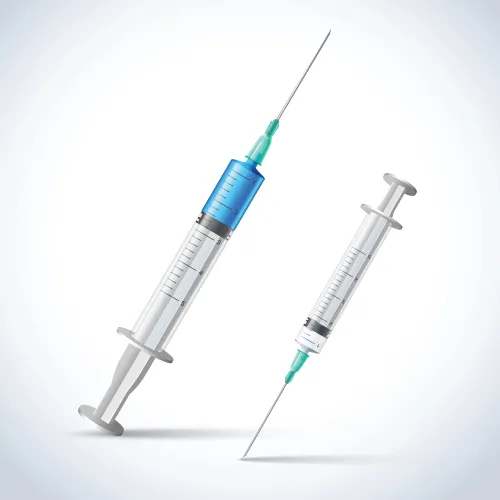Antibiotic Injection? Report More Than One Code
Dust off your HCPCS manual so you don’t lose out on Rocephin pay.
It’s a common scenario: A patient presents to your office with an infection so serious that the pediatrician chooses to administer an antibiotic injection on the spot. But if you’re using a “one and done” coding strategy for your ceftriaxone (brand name Rocephin) shots, you could be losing money.
With injection administration code 96372 (Therapeutic, prophylactic, or diagnostic injection [specify substance or drug]; subcutaneous or intramuscular) paying only $25.39 and the ceftriaxone sodium drug (J0696) reimbursing at $13.35, you can’t afford to lose money when you provide both the shot and drug. To avoid omitting any charges, follow three steps:
1. Use 96372 for the Injection
When you or your staff administer a Rocephin injection, you should report 96372. This code represents an intramuscular injection, which can include situations when the physician injects antibiotics.
2. Charge J0696 per Unit
Remember that 96372 includes the administration only—you’ll still need to bill for the supply. Report the Rocephin with J0696 (Injection, ceftriaxone sodium, per 250 mg) per 250 mg.
Make sure you charge for the dose that you administer. For each 250 mg of Rocephin, you should bill one unit of J0696. List the unit(s) in the units field of the claim form next to the supply code.
Some payers may not recognize units, in which case you should consider billing on separate line items. For instance, if you administer 1000 mg of Rocephin, you’ll bill J0696 x 1 on the first line; then on the next line, you’ll report J0696-76 with 3 units. Even though you are still using units, the 76 modifier (Repeat procedure or service by same physician or other qualified healthcare professional) will indicate that the code is not a duplicate. Some payers may only pay you for one unit even when you bill four units.
If a payer refuses to pay for the supply or for multiple units, you should appeal for payment. Include documentation showing the medical necessity for the injection rather than oral antibiotic use. You should also emphasize that the injection prevented the patient from requiring an emergency department visit or hospitalization, thus saving the insurer money.
3. Bill E/M That Represents Level, Time
For the evaluation, history and medical decision-making that led you to administer the injection, you should report an office visit (99201-99215, Office or other outpatient visit for the evaluation and management of a new or established patient...). In most instances, the patient comes in because he is ill and running a fever. After examining and assessing the child, the pediatrician decides that an antibiotic injection is the best treatment.
Often, the visit may qualify for a high-level E/M, such as 99214 or 99215. Before Rocephin injections were available, these patients previously required intravenous antibiotics in the hospital. Now, you can give a shot in the office, but the level of risk associated with these cases is typically still high.
CCI consideration: Because the E/M codes are bundled into 96372 based on Correct Coding Initiative (CCI) edits, you should append modifier 25 (Significant, separately identifiable evaluation and management service by the same physician or other qualified health care professional on the same day of the procedure or other service) to the E/M code if your documentation supports both the E/M service and the antibiotic injection.




